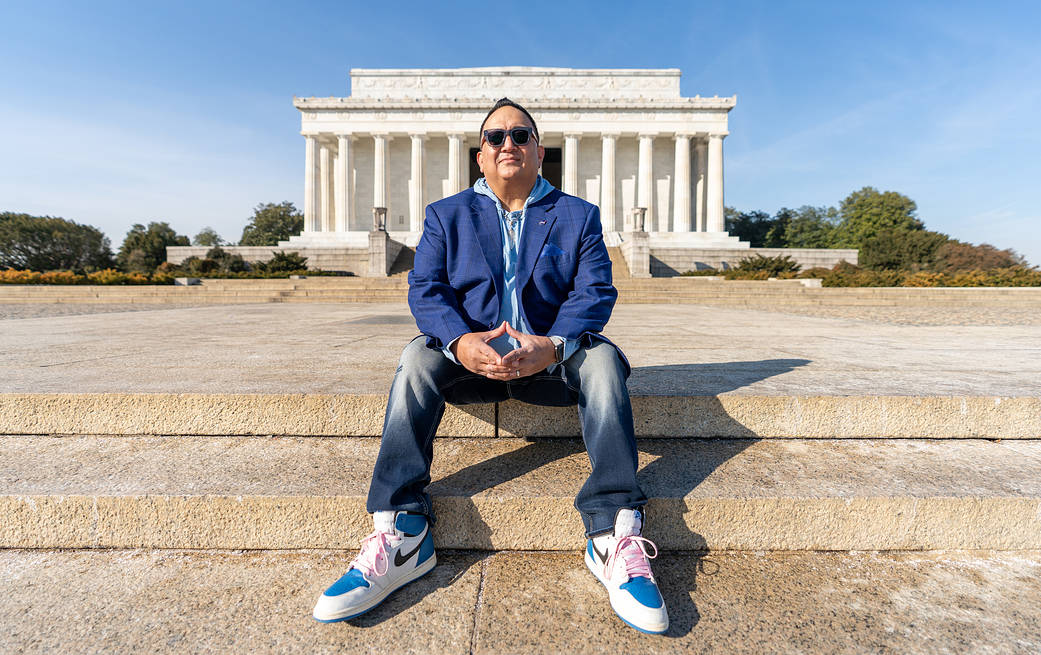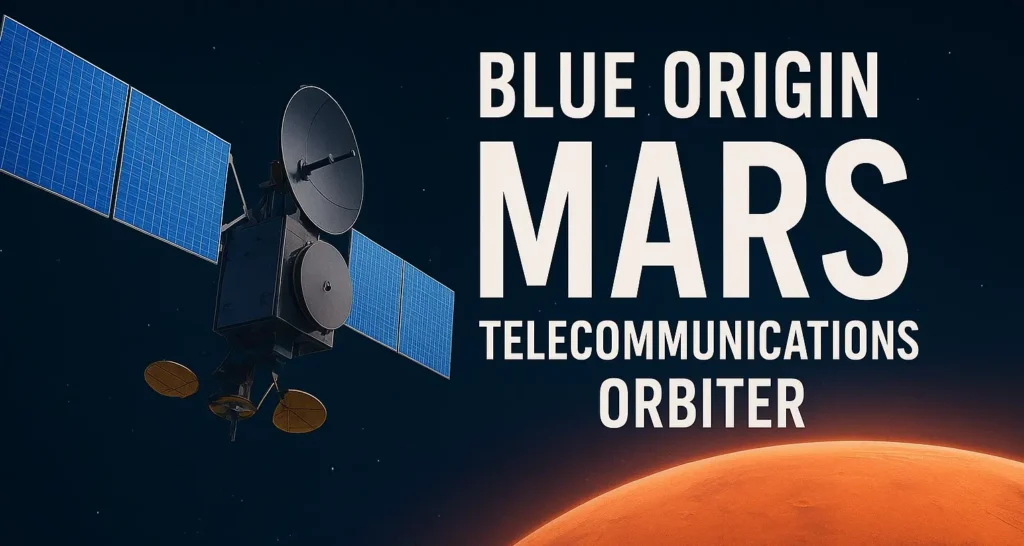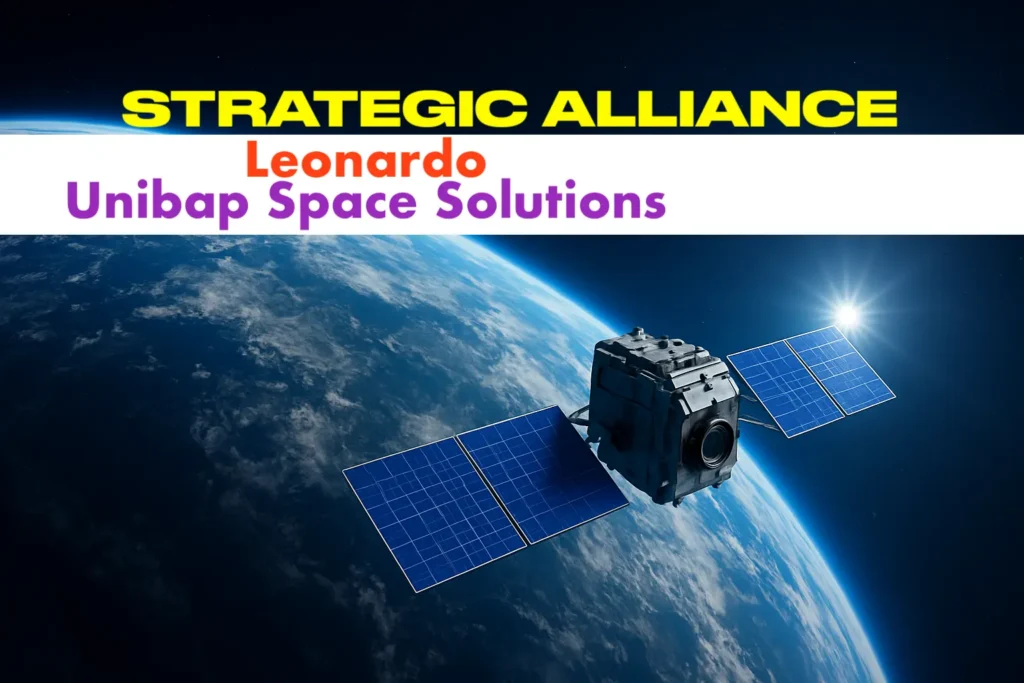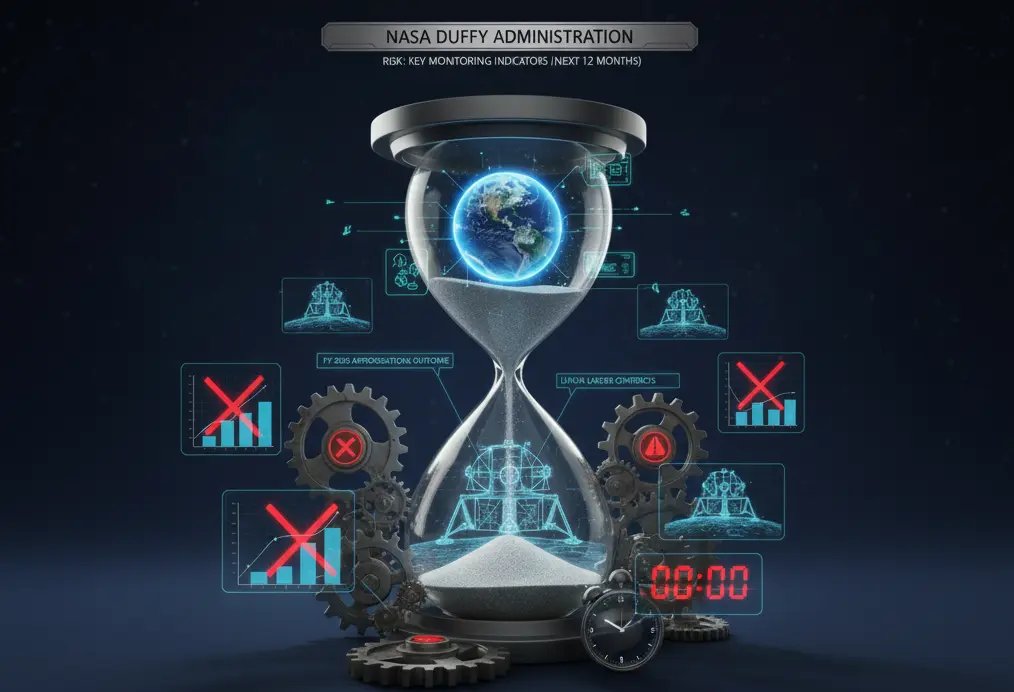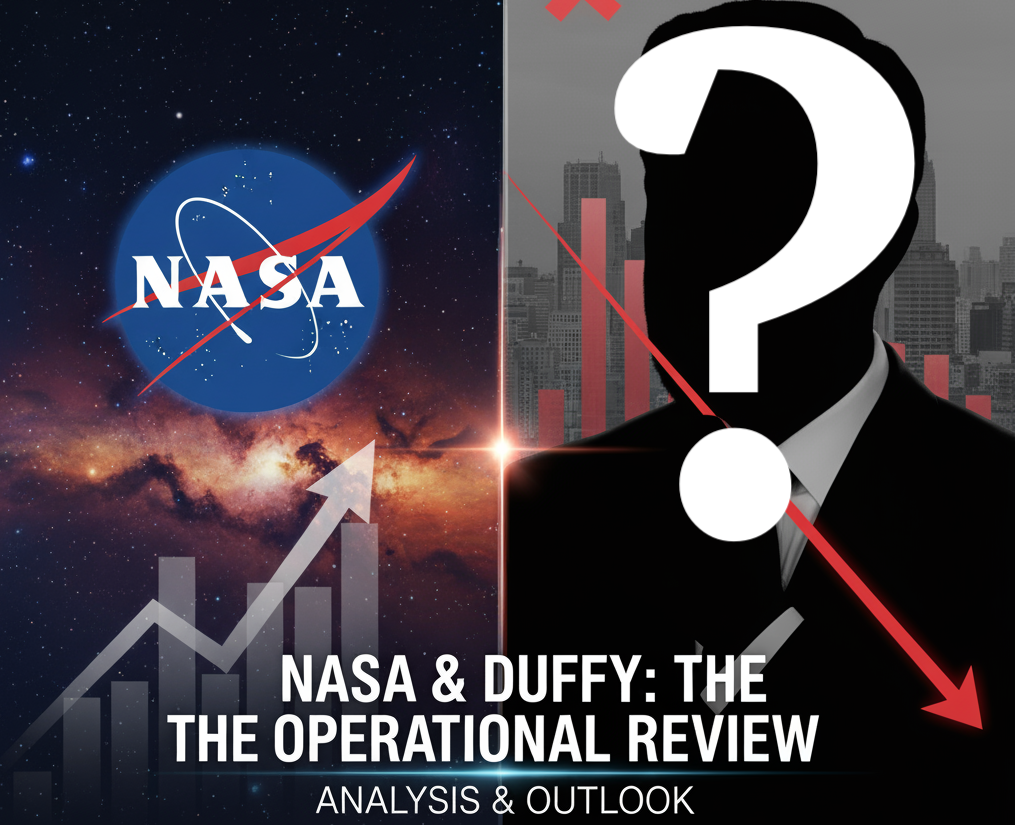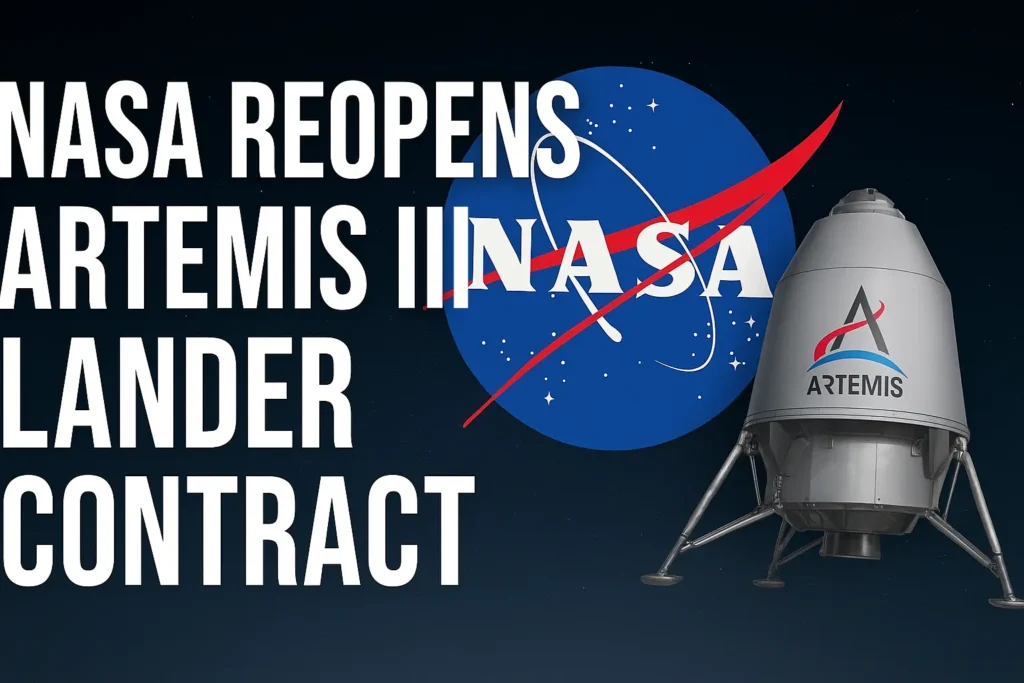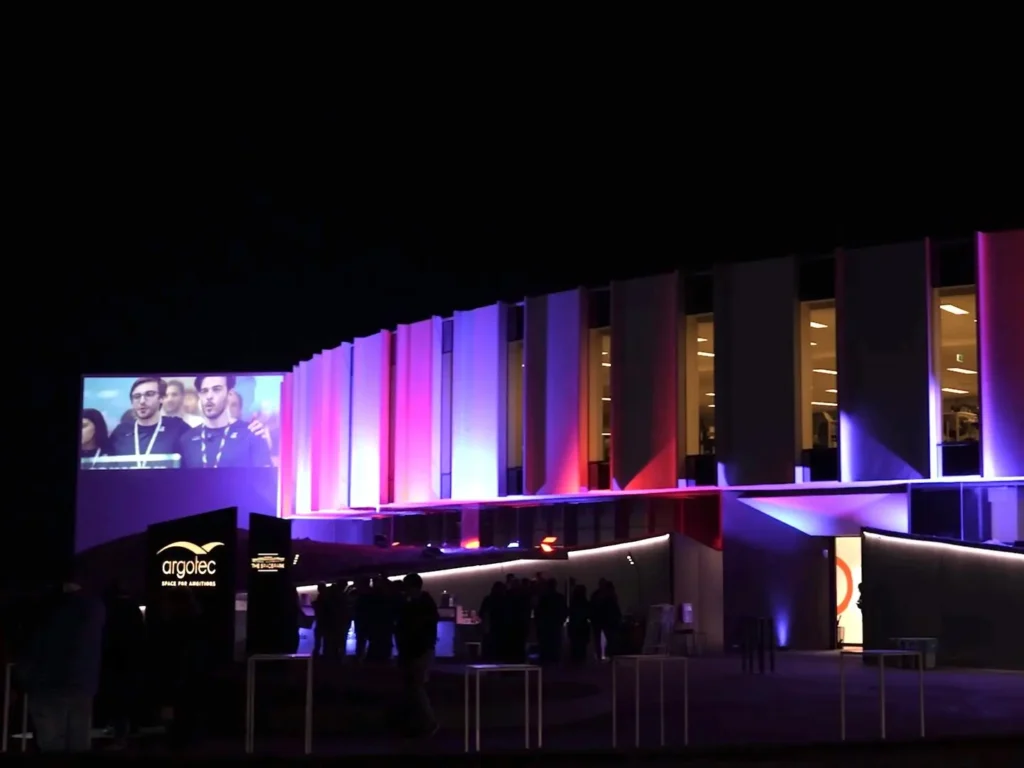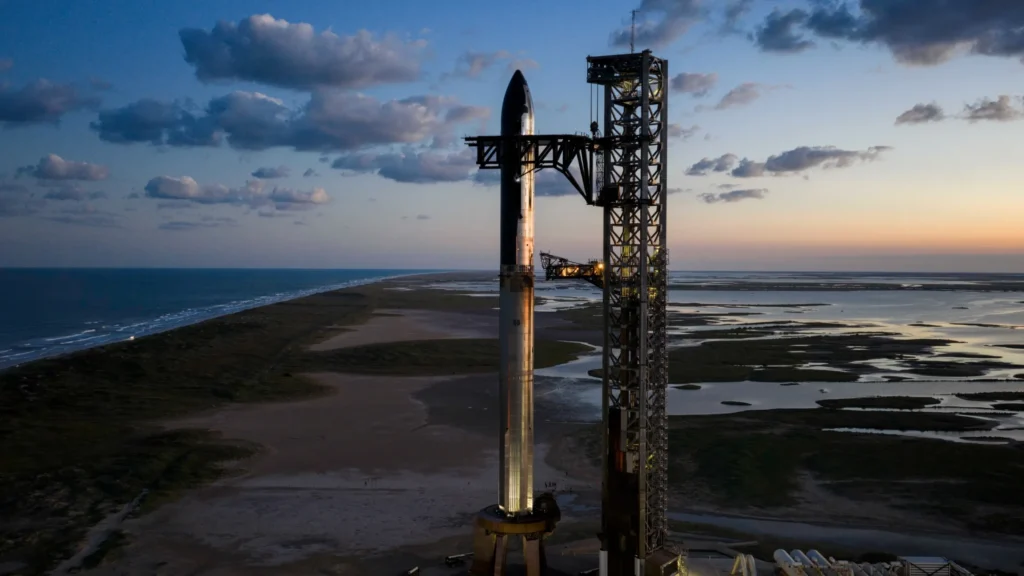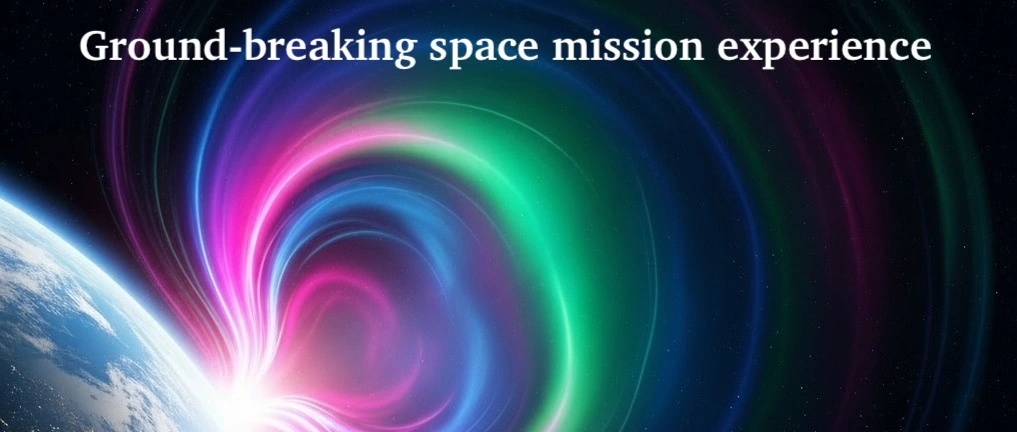Program Manager for People, Culture and Equity at NASA
Program Manager for Workforce Strategy Edward Gonzales – Photo by NASA
Can you share with us how your journey led you to become the Diversity, Equity, and Inclusion lead for Heliophysics at NASA?
My role at NASA has recently evolved; I am now the Program Manager for Culture, People, and Equity. Before joining NASA, I was with O’Melveny & Myers LLP, one of the largest, International law firms on the West Coast. During my tenure there, I served on the senior staff and coordinated efforts for the Christopher Commission, established in the aftermath of the Rodney King incident and subsequent LA riots.
This pivotal experience serves as the “left bookend” of my career journey. The “right bookend” to my current position, marked by my passion for equity and reform, was catalyzed by the tragic incident involving George Floyd. These defining moments have profoundly shaped my career path and commitment to driving systemic change.
Over the past 20 years, how have you seen the landscape of diversity and inclusion evolve within NASA?
When I began my career at NASA’s Jet Propulsion Laboratory, I immediately observed a noticeable lack of diversity in leadership positions, particularly among minorities and women. Since transitioning to NASA Goddard, I’ve been encouraged by the changes I’ve witnessed. Our Center Director and her deputy are both women, as is the Director of SED. There’s been a modest improvement in the representation of people of color. While there’s still much work to be done, it’s heartening to see that we are moving in the right direction
Could you highlight a particularly successful initiative that you’ve implemented during your tenure?
At NASA Goddard, I work within the Heliophysics division, which focuses on the science of the sun,
encompassing space weather and landmark events like the recent eclipse, the Parker Solar Probe missions, and other significant projects this year. We boast a team of over 450 scientists under one roof, making it the largest group of its kind globally, dedicated to conducting groundbreaking science.
Amidst these exciting endeavors, I have helped establish the 670 DEIA committee. This group is tasked with overseeing and making recommendations to
our leadership within the DEIA framework. We also produce a monthly newsletter that includes “did you know” facts, an action item, and resources that support education through research-based articles and provide metrics where relevant. These initiatives are part of our commitment to fostering an inclusive and informed community at NASA Goddard.
How do you see the intersection between diversity, equity, and inclusion efforts and the advancement of scientific research?
That’s an insightful observation. To effectively tackle global scientific issues, it’s crucial to maintain a diverse workforce that can offer a variety of perspectives and solutions. My experience has underscored the importance of incorporating diversity into our missions and teams. I have supported numerous proposals that emphasize the inclusion of a diverse group of collaborators, incorporating a mentoring component, and leveraging initiatives like the Science Mission Directorate Bridge program. This program is specifically designed to level the playing field by including Minority Serving Institutions, Historically Black Colleges, Tribal Colleges, and similar entities, ensuring a broad, inclusive approach to scientific research and development. This diversity not only enriches our understanding but also enhances the innovative solutions we can offer to complex global challenges.
In what ways do you collaborate with other departments or external organizations to enhance diversity and inclusion efforts in STEM fields, particularly within Heliophysics?
I actively participate in several conferences aimed at supporting minority and underserved communities, including the Society for the Advancement of Chicanos/Hispanics & Native Americans in Science (SACNAS), the American Indian Science and Engineering Society (AISES), the National Society of Black Engineers (NSBE), the Society of Women Engineers (SWE), the Society of Asian Scientists and Engineers (SASE), and the Society of Hispanic Professional Engineers (SHPE), among others. At these events, I either present or host workshops focused on the opportunities available in Heliophysics and at NASA overall. Additionally, I mentor a diverse group of students from across the nation, guiding them through their educational journeys and fostering their professional growth in the field of space science.
As someone deeply involved in promoting STEM education, what strategies have you found most effective in inspiring underrepresented groups to pursue careers in STEM fields?
I make it a priority to remain accessible, culturally aware, and authentically myself, not just within the workplace but in all aspects of my life. This approach involves being open and vulnerable, sharing my own journey to NASA to illustrate that the path is not always linear. I emphasize that there are multiple routes one can take to secure a position at NASA, encouraging a broader range of individuals to envision themselves in such roles and understand that their diverse experiences and backgrounds can enrich the agency’s mission.
Can you share any challenges you’ve faced in your efforts to promote education, and how you’ve addressed them?
Imposter syndrome is a significant challenge that many face, and it’s often exacerbated by voices telling us to be more
practical or choose easier paths instead of pursuing our ambitions. These messages can unjustly discourage and derail dreams. It is crucial that all of us commit to doing better. We can make a positive impact by actively encouraging others, providing mentorship, and openly sharing our own journeys.
Demonstrating that success is achievable, despite the obstacles, can inspire and empower more individuals to overcome their doubts and persist towards their goals.
I emphasize that there are multiple routes one can take to secure a position at NASA
Blue Origin’s Mars Telecommunications Orbiter: Building the Internet of Mars
Leonardo and Unibap Forge Strategic Alliance to Advance Real-Time Intelligence in Space
October 30, 2025 — In a move set to reshape the landscape of satellite intelligence…
Technical Risk Assessment: NASA Earth Science & Artemis Programs (as of Oct 2025)
Sean P. Duffy: career, recent actions at NASA, and the public debate — a factual, neutral overview
Sean P. Duffy and NASA: Career, Policy Shifts, and the Debate Over the Agency’s Future
NASA Reopens Artemis III Lunar Lander Contract Amid Schedule Delays and Competitive Pressures
Space Has Never Been So Unconventional: Art, Sport, and Science Share the Same Sky
Starship Flight 11: A Triumphant Sendoff for Block 2
Embracing the Cosmos: World Space Week 2025 & SpaceInfo Club’s Mission
Leicester Scientists Bring Space Exploration to London as Cutting-Edge Telescope Joins SMILE Mission
A Cosmic Accident Solves Jupiter & Saturn’s Silicon Mystery
DWARF 3 vs DWARF 2 Smart Telescope: Is the Upgrade Worth It?
How do you measure the success of your initiatives within NASA?
While the numbers provide some insight, the true measure of progress in diversity can also be seen in the faces around us—during meetings, in science labs, and at national conferences. It’s clear we are making strides towards a more inclusive environment, but there is still a considerable journey ahead. We must continue to push for change and create opportunities that foster a diverse and inclusive scientific community. This effort is vital not only for achieving equity but also for enriching the perspectives and innovations in our fields.
Looking ahead, what are your goals and aspirations for the future of education and inclusion, and how do you plan to achieve them?
I am committed to continually making myself available and to encourage others to do the same, sharing both institutional knowledge and details about our academic paths. We aim to cultivate an environment where everyone feels secure, and where questions and ideas are not only welcomed but encouraged. Additionally, it is crucial to educate others on Diversity, Equity, Inclusion, and Accessibility (DEIA) principles, both in the workplace and within our communities, to ensure these ideals are upheld and advanced.

